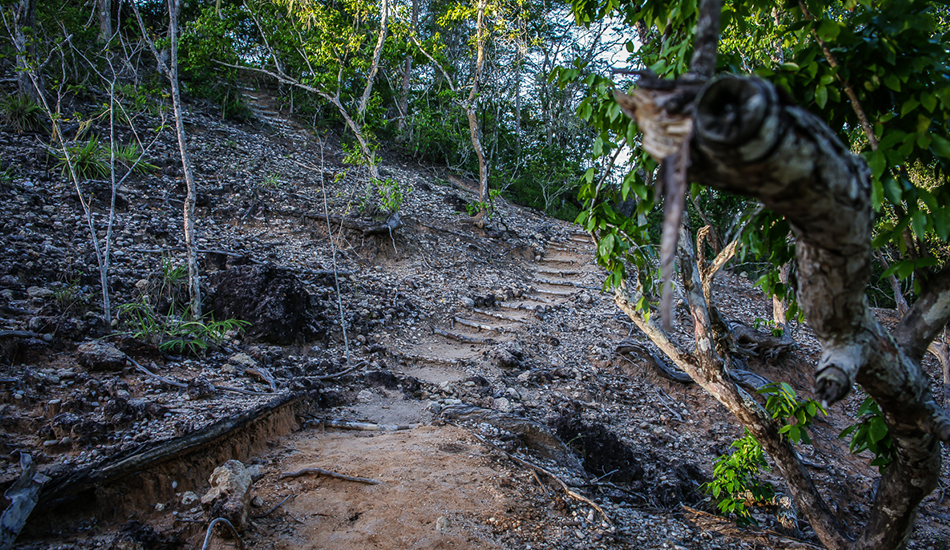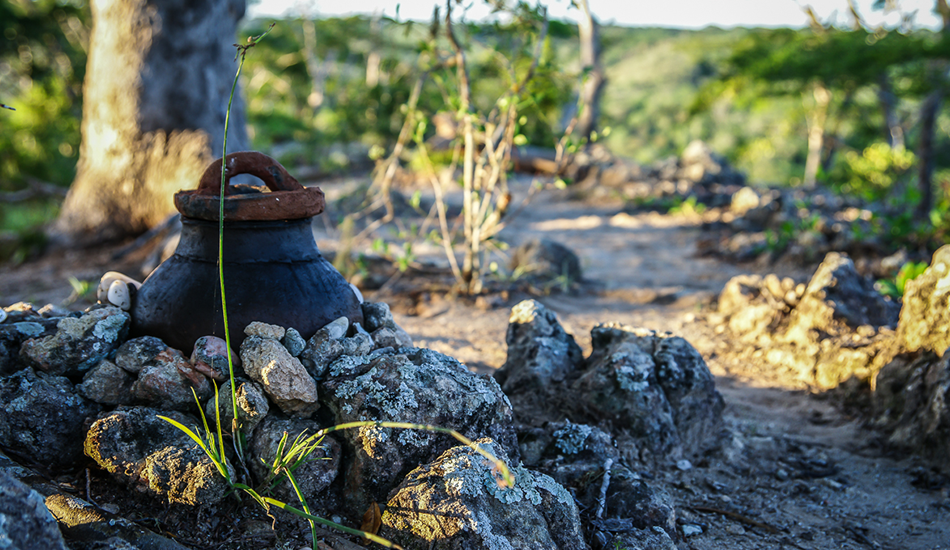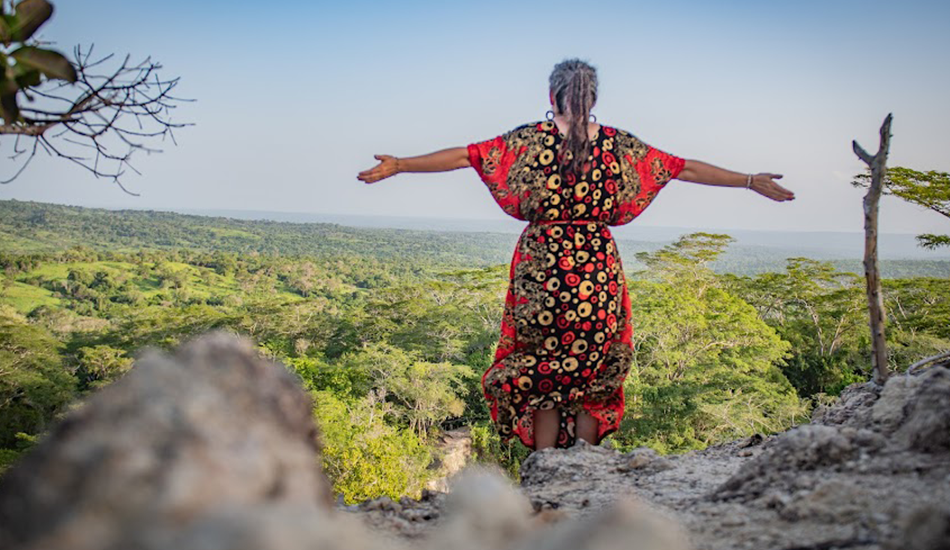The scenic hill that overlooks the Miseni Retreat is named after the tree belonging to the Albizia species and is abundant in the surrounding area.
The tree is called Miseni in Kiswahili and the same name was given to the hill by locals, decades ago. The Miseni hill used to be a ritual place. It is still considered a sacred piece of land by the local population.

A solution to every problem
For Gongo villagers, Miseni always meant solutions to their problems. Whenever they faced issues in the community, like drought or internal conflicts, they used to climb the hill to follow traditional rituals on top. That’s why we consider Miseni a deeply spiritual place that deserves our respect and protection.
The Rituals
Before climbing Miseni, locals were welcomed by the “msingili”, the guardian of the hill. They used to take off their sandals to wash their hands and feet from a water filled bowl. When they reached the top they washed their face from another bowl. Everyone had to pay respect to the area and avoid inappropriate actions on top, like satisfying personal needs or making noise.


Personal Gifts
For individual problems, after the basic procedures, locals felt free to pray in any of their ways. They could speak out about their problem and as a donation they left money - whatever amount they wanted. Before the adoption of local currency people were bringing “wele” - a drink made of “mtama” (millet) - and left it there. Money donations were adopted only after World War II.
Relief for the Community
For any issue the village faced, its leaders used to meet on Miseni to sacrifice a red coloured goat. They would divide the goat among them and each one bring his own piece of meat back home. The animal’s blood was left on the hill. The rituals stopped talking place after the 1960’s thanks to “utandawazi” - the globalisation in Kiswahili. As a result very few people still practice traditional rituals at Miseni hill.


Nyeusi, Nyekundu and Kijani
The msingili lead the rituals on the hill. He wore a black outfit - the “wotitu” - a white head scarf tied by a headband in black, red and green color combination. “Nyeusi” (black) represents the rituals, Nyekundu (red) symbolizes the problems and Kijani (green) symbolizes the faith. The guardian of the hill usually held a wooden stick.
The "Msingili" (Leader)
An elderly person - a “mzee” was appointed by fellow village elders to protect the hill. The guardian was selected from a special clan - the “mdoe”. They were the descendants of the kings. He was considered a “msingili”, which means “leader” in Kiswahili. Mzee Sefu is the current msingili of the Miseni hill. Many people in the village fear that bad things might happen in the area if he wasn’t here.





